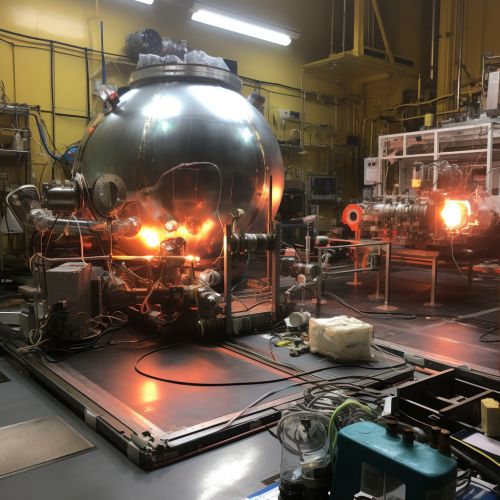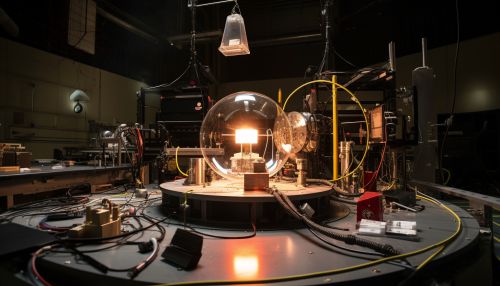PandaX
Overview
The PandaX experiment is a cutting-edge scientific project aimed at the direct detection of Dark Matter. This experiment is located in the Jinping Underground Laboratory in Sichuan, China, one of the deepest underground laboratories in the world. It is named after the animal panda, a symbol of China, and X stands for Xenon, the medium used in the experiment.


Background
The existence of dark matter has been inferred from its gravitational effects on visible matter, radiation, and the large-scale structure of the universe. Despite numerous efforts, dark matter has not been directly detected, making it one of the most significant unsolved problems in modern physics. The PandaX experiment is one of several projects worldwide aiming to directly detect dark matter.
The PandaX Experiment
The PandaX experiment consists of two phases: PandaX-I and PandaX-II. Both phases use a dual-phase xenon time-projection chamber (TPC) to detect dark matter. The TPC is filled with ultra-pure liquid xenon, which is expected to produce scintillation light and ionization electrons when a dark matter particle interacts with a xenon nucleus.
PandaX-I
PandaX-I, the first phase of the experiment, began data-taking in 2014. It used a 120 kg liquid xenon target, and its primary goal was to test the technology and methods used in the experiment.
PandaX-II
PandaX-II, the second phase, began in 2016. It uses a much larger 500 kg liquid xenon target, which increases the chances of detecting dark matter. The data from PandaX-II has set some of the most stringent limits on the properties of dark matter particles to date.
Results and Impact
While the PandaX experiment has not yet detected dark matter, it has significantly contributed to our understanding of the properties of dark matter particles. The results from PandaX-II, in particular, have set some of the most stringent limits on the cross-section of dark matter particles, a key parameter in dark matter theories.
Future Plans
The PandaX collaboration plans to continue its search for dark matter with a new experiment, PandaX-4T. This experiment will use a 4-ton liquid xenon target, significantly increasing the sensitivity to dark matter interactions. PandaX-4T is expected to start data-taking in the near future.
